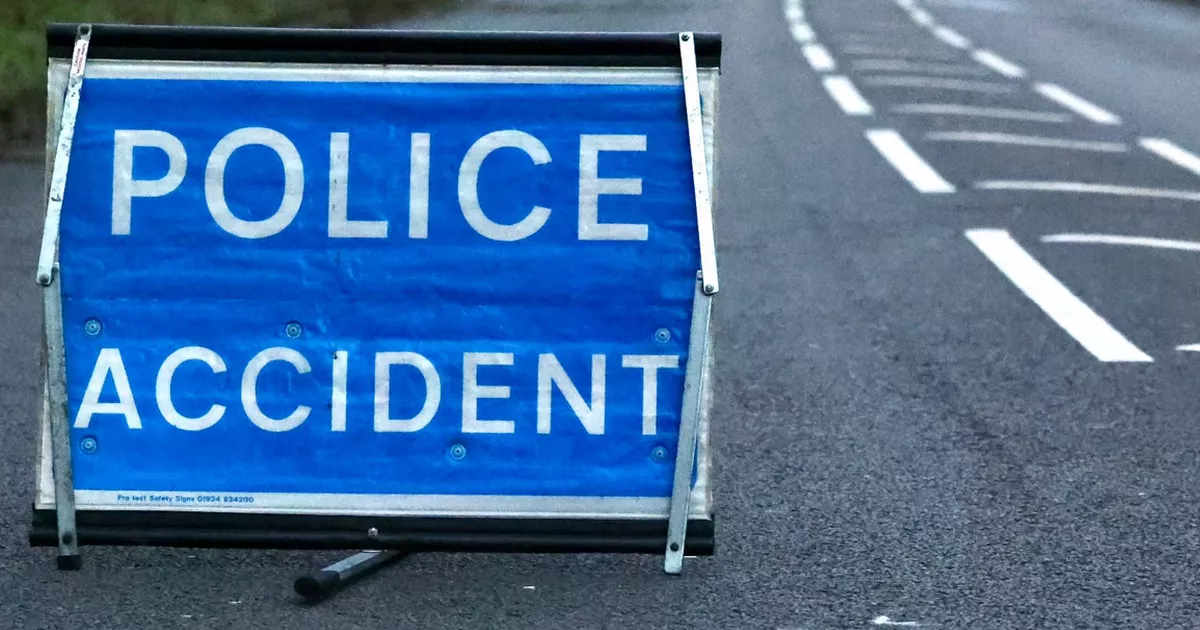Published:
9:00 AM September 17, 2022
That moment when Huw Edwards made that historic announcement at 6.30pm on the BBC about the Queen was the sad end of an era in my own life.
I have covered royal visits as a journalist in east London, starting with Toynbee Hall in 1971 for the opening of the Clement Atlee centre.
She met John Profumo, one-time defence minister in Macmillan’s government who was making his comeback into society after the Christine Keeler scandal eight years earlier.
But my memories of life under Queen Elizabeth II began as a schoolboy in Whitechapel.
We watched her Coronation on a tiny television screen at my Aunt Ida’s home in Shoreditch with all the family gathered, plates of sandwiches at hand on that rainy day. Watching the Coronation live gave me an early love of classical music, Elgar’s Pomp and Circumstance Marches and Handel’s Zadok the Priest.
But the big thrill as a small boy was the next day, seeing the Queen in real life when she came to meet her people in the East End.
We were led from Robert Montefiore School to Whitechapel Road in our best uniforms to line up outside the London Hospital for the Queen’s motorcade. We knew it was approaching with cheers getting louder and louder.
Suddenly, there she was, the Queen with the Duke of Edinburgh, the car roof down, real, live. It was meant to be a passing glimpse, but the crowd of factory workers the other side of the road I remember surged forward, breaking through the police line.
The East London Advertiser reported two days later: “The crowds broke through the police cordon. But the Queen smiled and waved a gloved hand to her people.”
I had no idea that decades later I would be working on the paper!
I came into journalism in 1965, just in time for the state funeral of Winston Churchill, the Queen’s first prime minister, watching from a rooftop in Fleet Street seeing the procession heading to St Paul’s.
I had joined the queue the day before for his Lying in State, which began at Westminster Bridge, down to Lambeth Bridge, along Lambeth Embankment, back to Westminster and finally to Westminster Hall. It took hours, but I had to do it, despite the January cold.
It was another five years before returning to the East End in time for the Queen’s visit to Toynbee Hall.
I had joined Radio London by the time the Queen came back six years later for her Silver Jubilee tour of St Katharine’s Docks.
But I returned as Advertiser news editor, in time to report the 7/7 bombings on the London Underground. We got a message in the office about delays on the Underground caused by power cuts, then a hint of an explosion at Aldgate and three more across London.
I checked with Whitechapel fire-station to find they had been mobilised to Aldgate, where I sent reporters and our photographer.
The Queen visited the Royal London Hospital the next day to meet the casualties and emergency workers.
More Royal visits came over the years. But the big event was 2017 in Poplar. I was on the scene, camera in hand, following the Royal couple around Mayflower Primary school for the centenary of the 18 children killed in a German air raid in the First World War.
I had worked with the school and volunteer Stanley Kaye for several weeks preparing a special centenary supplement when I learned that headteacher Dee Bleach had a scoop — the Queen had accepted her invitation to the school.
The Big Day began with a service at All Saints with my friend the Bishop of Stepney, Adrian Newman, who gave me an advance copy of his speech to the Queen which we ran on the Advertiser’s front page that Thursday morning.
We ended with a ceremony at Poplar Recreation ground where the community came together, a Royal day the East End would not forget.
Our Queen had a soft spot for the East End, as we had a soft spot for Elizabeth II for 70 years.
Source link





